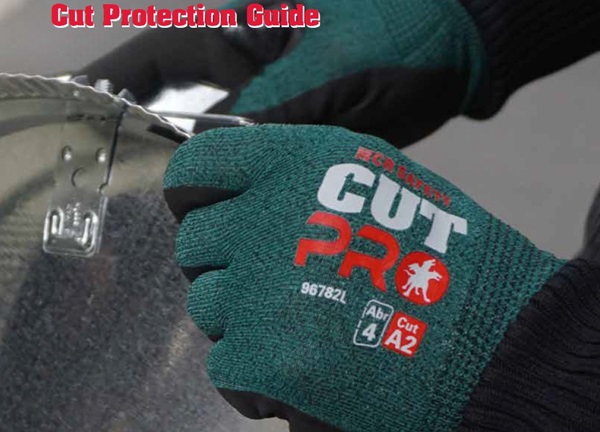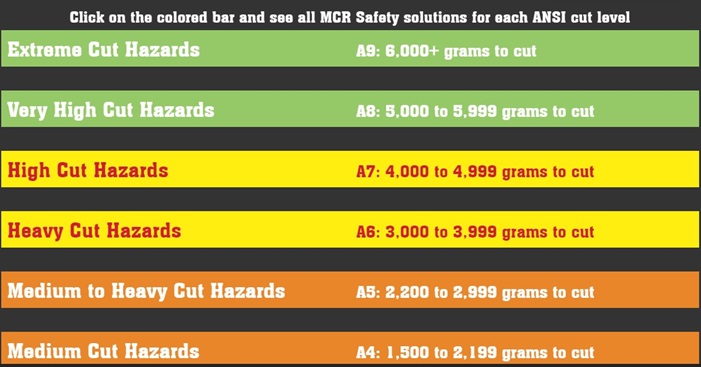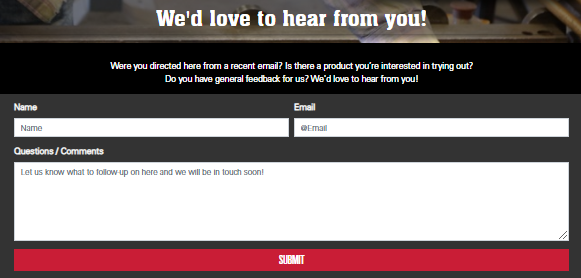The Bureau of Labor Statistics (BLS) states that 123,990 hand injuries were reported in 2018, the latest data available. Out of these injuries, 51,130 involved cuts, and lacerations. That means 41% of all injuries involve cut injuries.
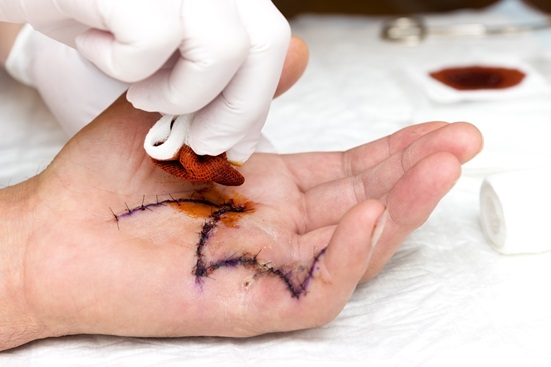
41% of hand injuries involve cuts and lacerations
One step toward reducing injuries when cut hazards are present is selecting the right cut level for the task at hand. To accomplish this, it requires a close review of the ANSI performance cut levels, and an understanding of the ANSI cut ratings.
Then, it requires selecting the right glove that minimizes the cut risk, while maximizing flexibility for the task. Let's get you up to speed on cut-resistant levels.
ANSI/ISEA 105-2016 Cut Standard
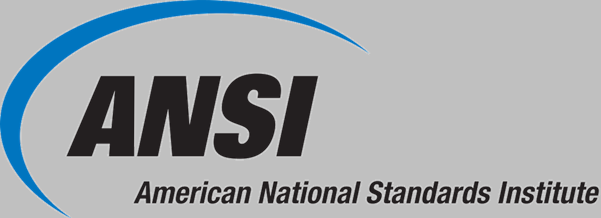
The American National Standards Institute’s ANSI/ISEA 105-2016 cut resistance standard uses a nine (9) level scale. It quickly helps users identify and zone in on the cut-resistant glove and sleeves required for the specific hazard faced.
The level of cut resistance extends from 0 to 6,000 grams, based on tests by a Tomodynamometer (TDM Method), which moves a blade across the material. The higher the weight required to cut the materials, the higher the cut resistance rating. A higher rating provides the wearer with better protection and cut performance. Be sure to download our PDFs found below, which provides more in-depth knowledge.
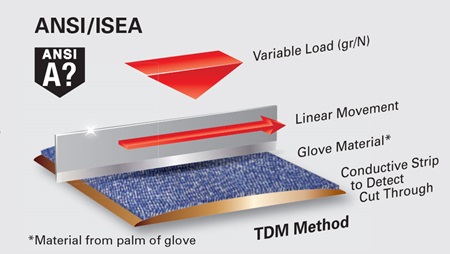
Diagram for the ANSI/ISEA testing process with a Tomodynamometer (TDM Method)
For additional information on all ANSI performance scores, such as Abrasion and Puncture, you can find more information here.
Breakdown of Cut-Resistant Glove Levels
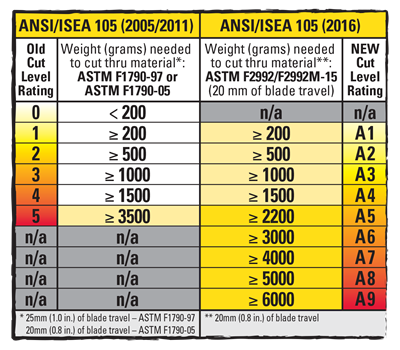
What are the levels of cut resistant gloves? The ANSI system classifies gloves with nine levels of cut protection. A higher number indicates that the glove's material required a higher weight to penetrate it with a sharp blade. The above chart provides shows all nine levels, ranging from A2 to A9. Below, we breakdown some general references around cut hazards, as it relates to each level.
Jump to All Cut-Resistant Gloves
(Go ahead and make the jump, or continue learning about cut-resistant levels)
In our cut-resistant glove catalog, you can view all the cut-resistant gloves MCR Safety offers. And, you can quickly navigate to specific cut levels.
Click the above image for our complete Cut Protection Catalog. We provide additional information on cut levels in it too.
Level 1 to Level 3
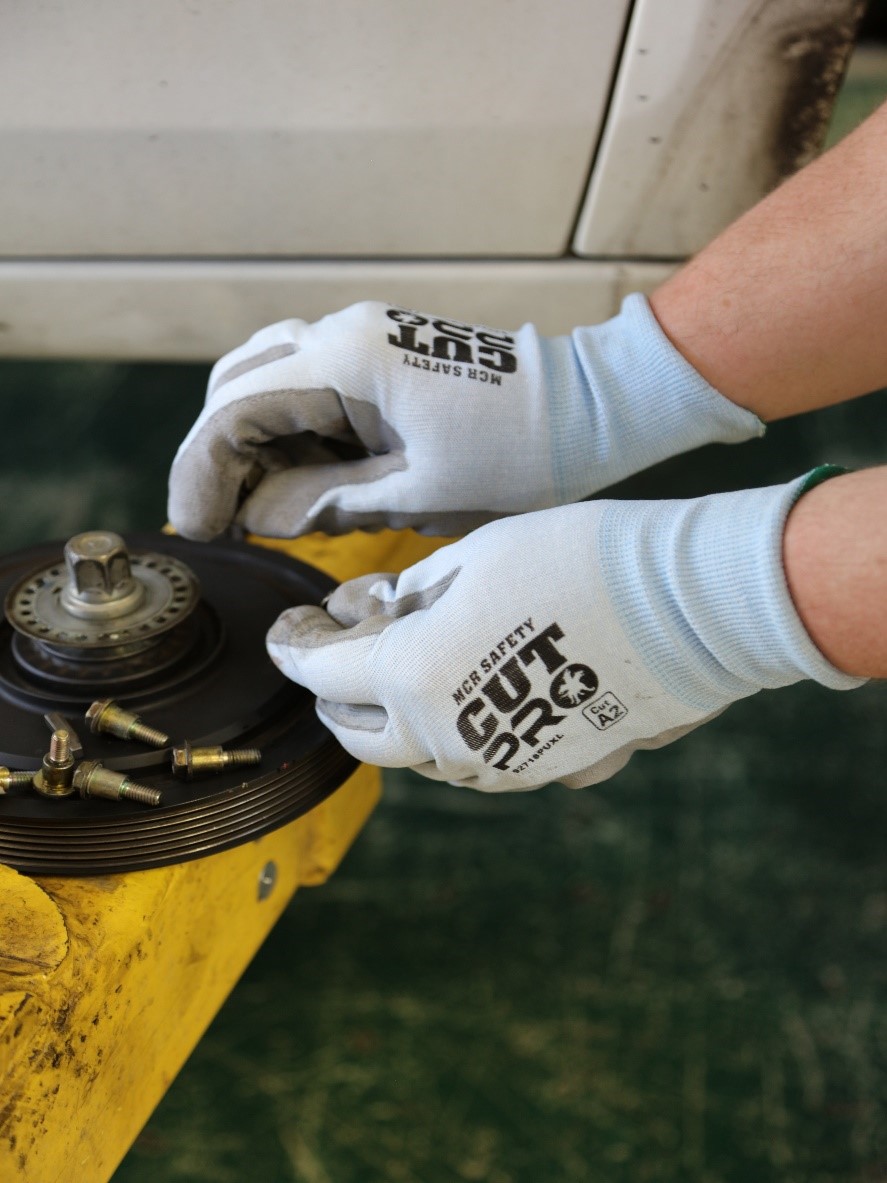
Besides cut level one, most all cut-resistant gloves found in this group have light cut protection. Cut level 3 begins to address more medium-level cut hazards.
Level 1
We don’t recommend this level for cut protection.

A1: 200 to 499 grams to cut
Level 2
Designed for minimal hazards and only light cut protection.

A2: 500 to 999 grams to cut
Level 3
Begins to address more medium-level cut hazards but is still mostly only used for light protection.

A3: 1,000 to 1,499 grams to cut
Level 4 and Level 5
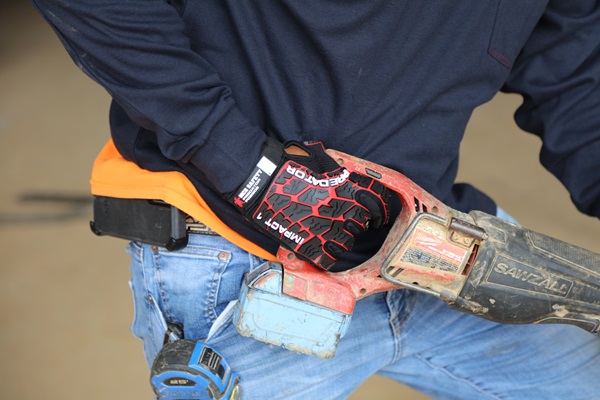
Primarily addresses medium-level cut hazards, with level 5 approaching heavy-duty cut hazards.
Level 4
Worn for medium cut hazards. Our cut protection page lists over 50 cut threats workplaces face. Only the safety manager or individual can assess the protection required for their specific workplace hazards. As always, though, the higher the score, the better protection worn.

A4: 1,500 to 2,199 grams to cut
Level 5
Used for medium to heavy-cut hazards.

A5: 2,200 to 2,999 grams to cut
Level 6 and Level 7
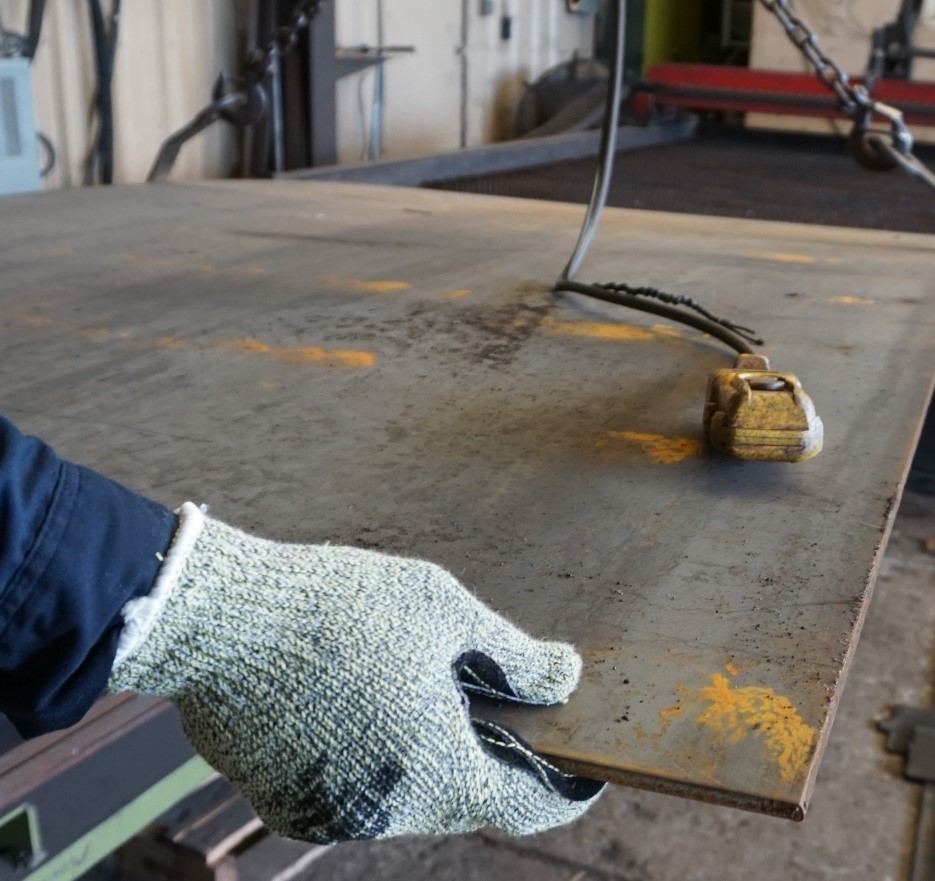
Primarily addresses heavy-duty and high-level cut hazards; however, not extreme cut hazards like the next section's levels do.
Level 6
Worn for protection against hazards that are becoming more severe, which we classify as heavy-cut hazards.

A6: 3,000 to 3,999 grams to cut
Level 7
Used for High-Cut hazards.

A7: 4,000 to 4,999 grams to cut
Level 8 and Level 9
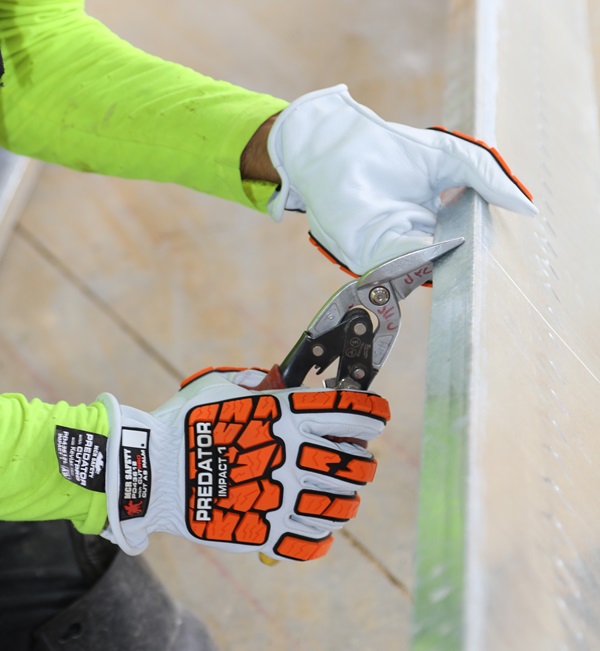
Are used in dangerous environments, the most extreme environments that involve cut hazards.
Level 8

A8: 5,000 to 5,999 grams to cut
Used for very high cut hazards, ones that are borderline extreme hazards.
Level 9

A9: 6,000+ grams to cut.
A9 gloves are used for extreme cut hazards.
Applications:
• Heavy Material Fabrication
• Blade Handling
• High-Risk contact with glass, wire, metal, wood
If you require the best A9 protection available, we encourage you to read our A9 protection article.
Find the Right Gloves for Every Situation
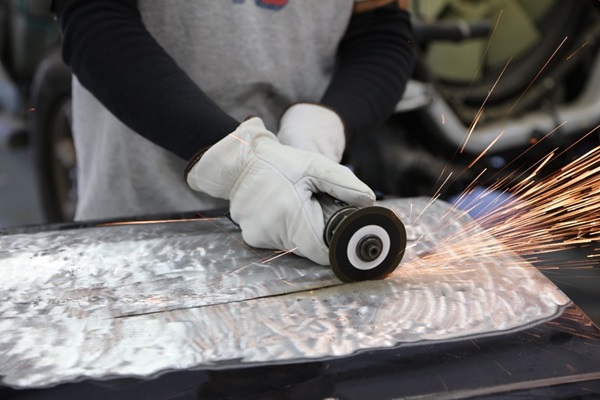
To help simplify your life even further, we have also designed a tool to help you find the most appropriate cut resistant gloves based on the level of cut protection you require. By using this tool, you are one-step toward selecting the right glove with the optimal cut levels. You will find the below tool on our cut protection page, allowing users to find cut-resistant gloves by level quickly. Click the image to go there now.
We've also developed a search tool to help you find exactly the right puncture-resistant gloves. You can find that resource here.
Common Questions

What does the cat mean on cut resistant gloves label?
- The category is used to describe performance levels for all types of personal protective equipment (PPE). Make sure you're looking at the category-specific to cut-resistant gloves, not the ARC rating or other performance levels. When looking at cut-resistant gloves, the category refers to the cut level. For example, category two will be the level A2 mentioned above.
What does level 5 cut resistant mean?
- It refers to a glove that has passed the ANSI test for level 5 protection, which requires 2,200 to 2,999 grams to cut the glove's material.
What are the two standards that measure the cut resistance of gloves?
- The ANSI/ISEA 105-2016 cut standard is used in the U.S, where the EN 388 standard is used in Europe.
What level cut resistance gloves do I need for barbed wire fence?
- We have not tested any cut-resistant glove for this specific application. However, the barbed wire does pose a definite puncture and cut hazard. Keep in mind; there is no such thing as cut-proof or puncture-proof gloves. The highest-rated puncture gloves we manufacture our needle resistant gloves. Our article on the Top ANSI Puncture Resistant gloves would be a worthwhile read for someone needing this protection type.
What is the abrasion level on cut resistant gloves?
- Each glove will have a different abrasion score, depending on the material and coating used.
Cut-Resistant Knowledge - We’ve Got You Covered.
Click the above image for our complete Cut Protection Catalog.
MCR Safety is committed to making our users educated about PPE, as they rely on it to keep them safe from workplace hazards. We hope the above shows our commitment to making sure you understand cut-resistant glove scores and levels. You can find more information on our cut protection page.
We welcome any comments, feedback, or suggestions for how we can best protect people at work.
For over 45 years, MCR Safety has proven to be a world leader in gloves, glasses, and garments. Whether it’s on the shop floor, an oil rig, or a construction site, we are there providing solutions to workplace hazards. It’s all part of our commitment to protect people.
No matter your industry, we have the personal protective equipment you need.
Learn more about MCR Safety by checking out our most recent video. For more information, browse our website, request a catalog, find a distributor, or give us a call at 800-955-6887.
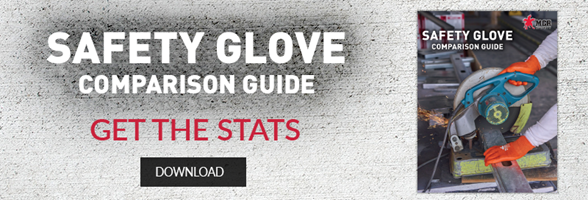
Construction Glove Application Guide
About the Author
Latest Articles






